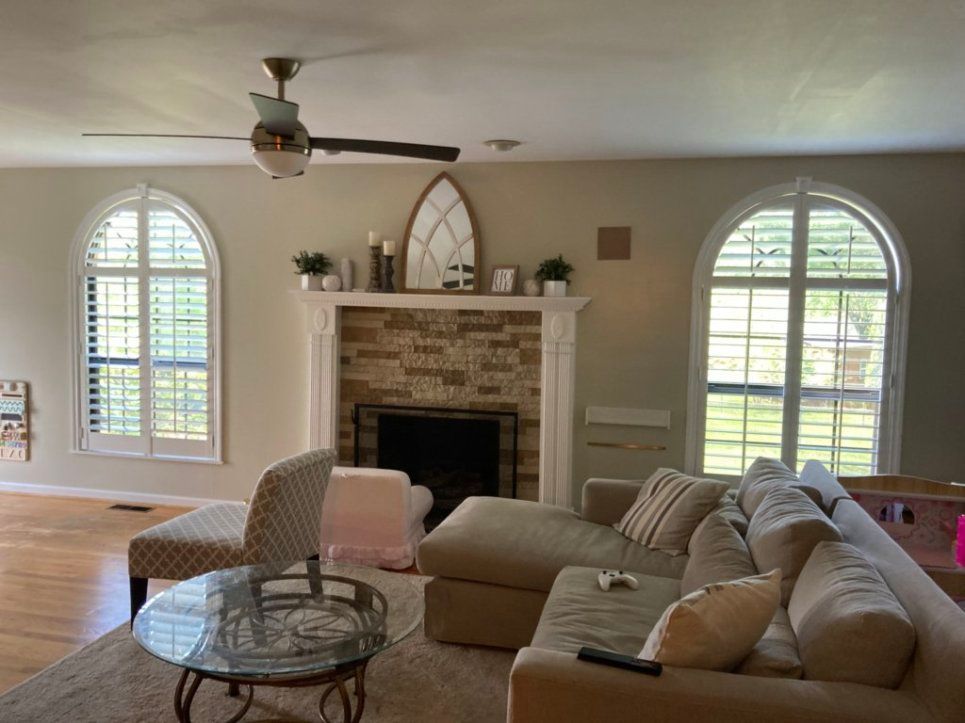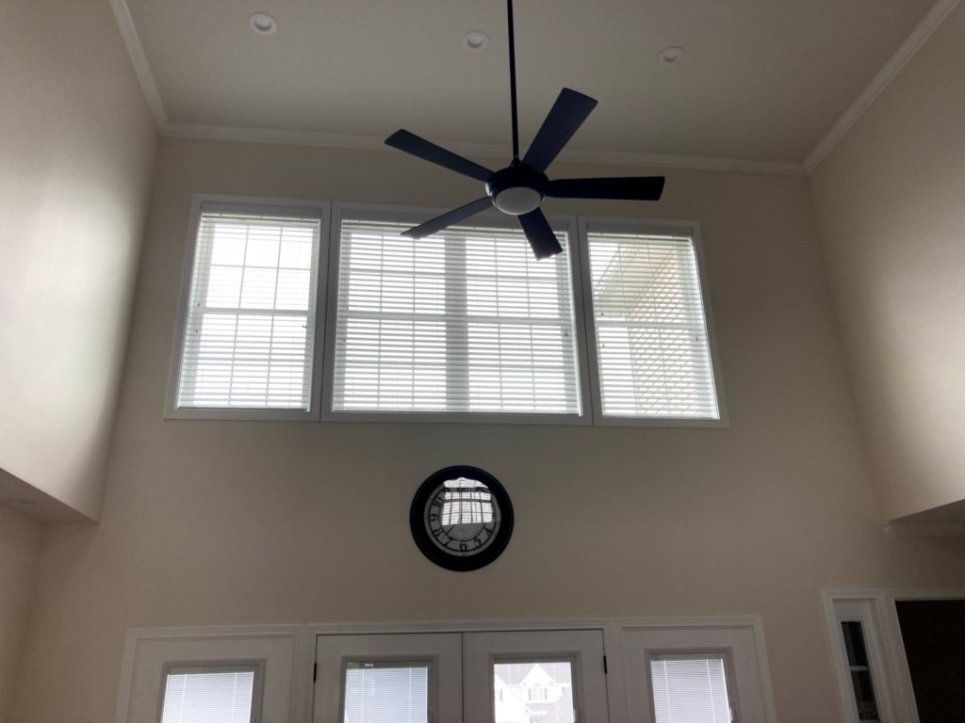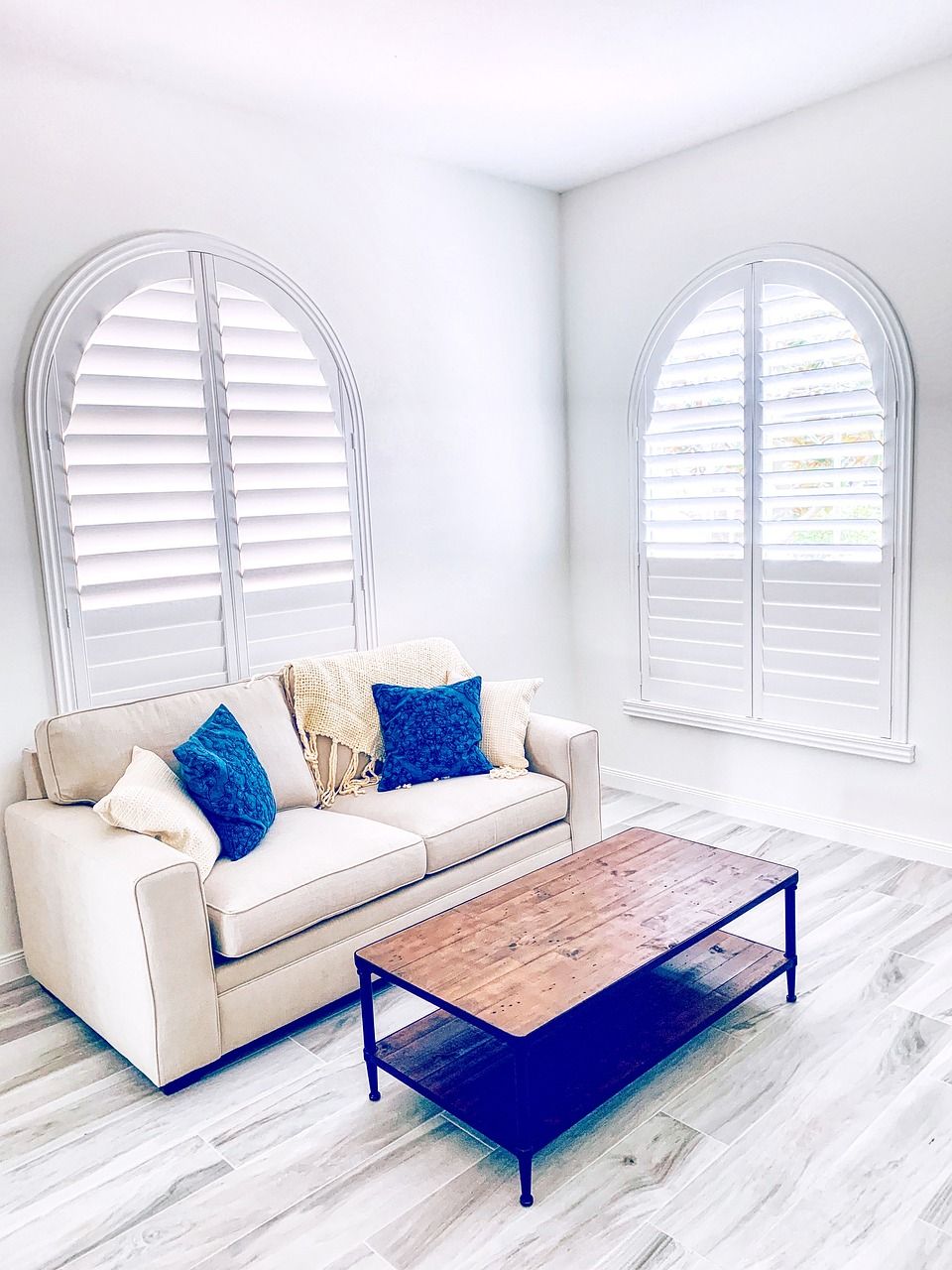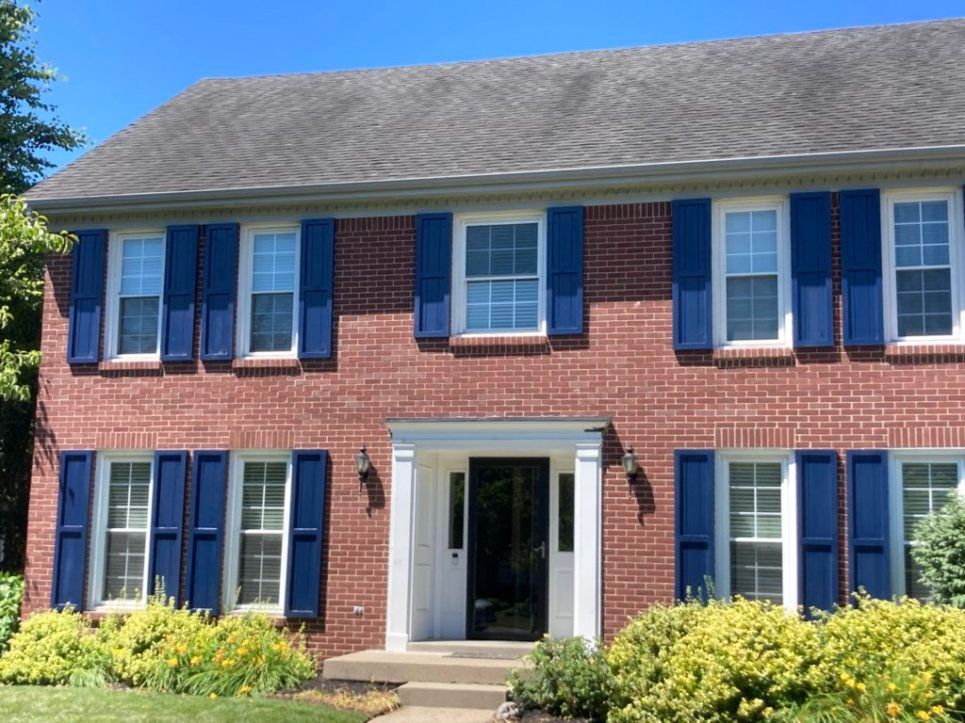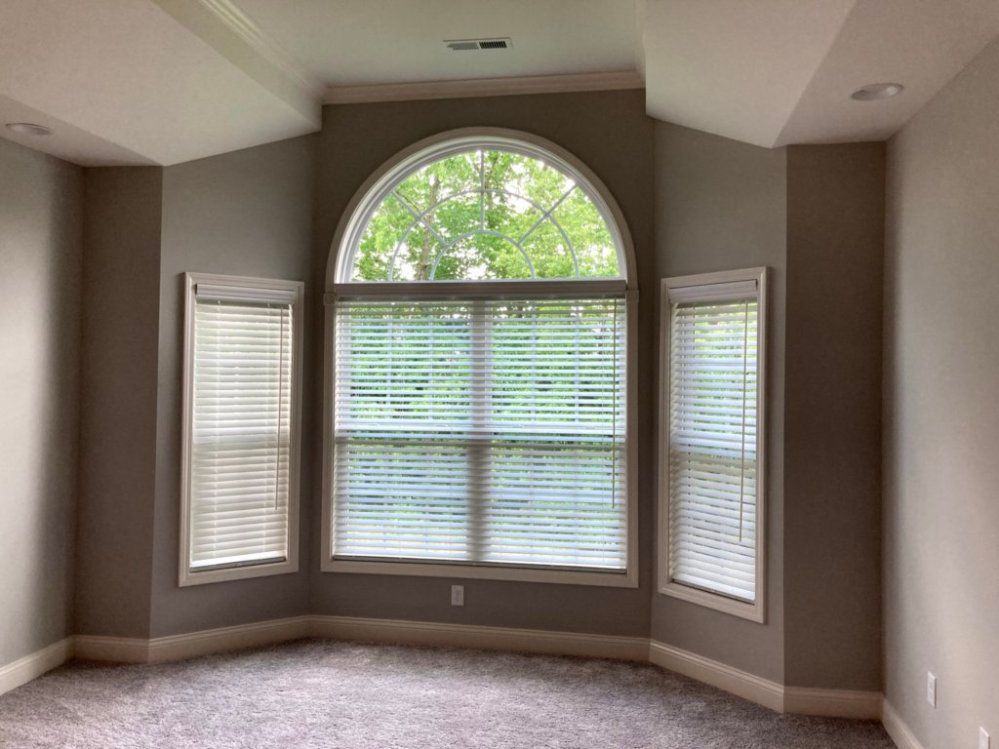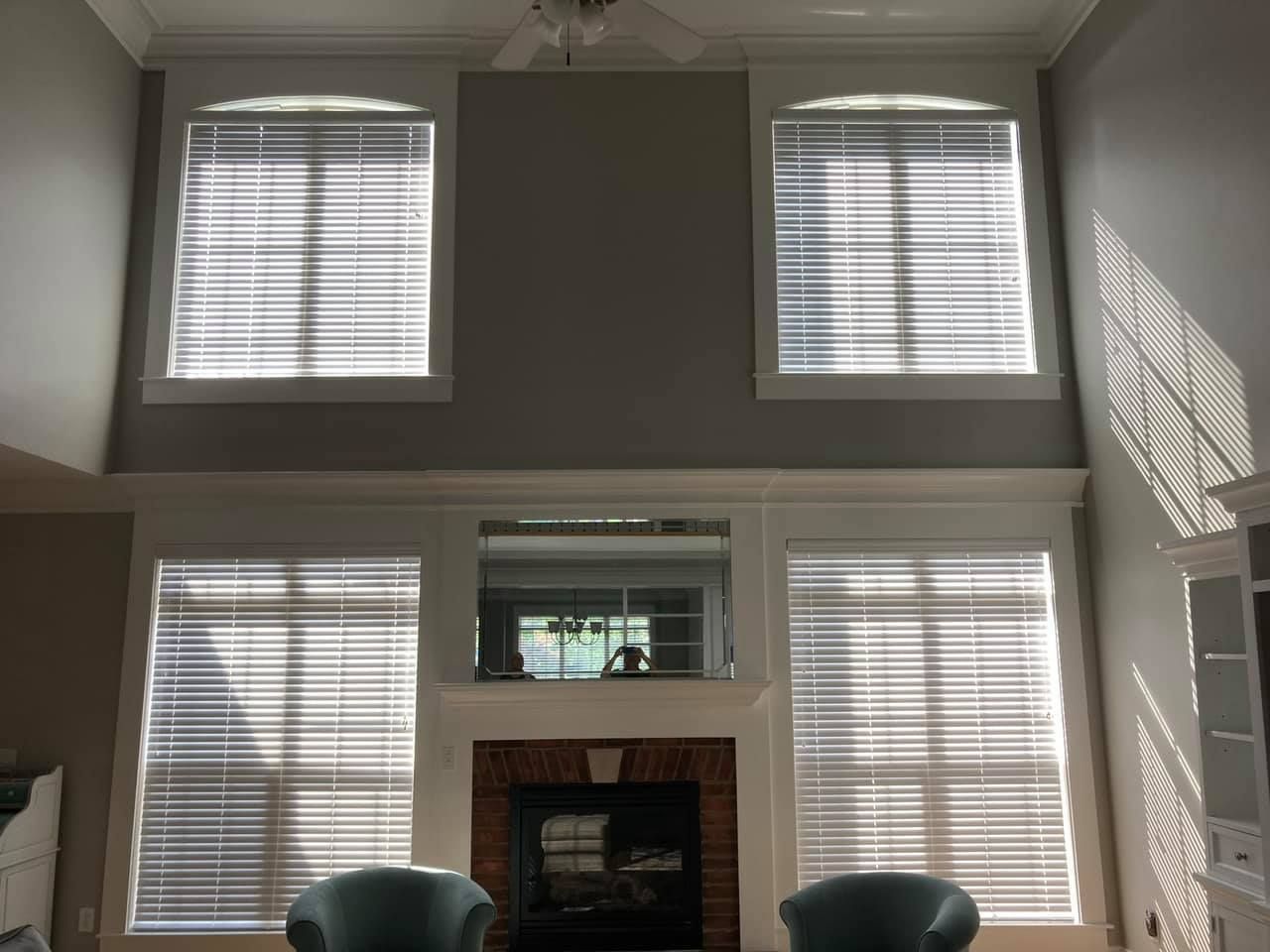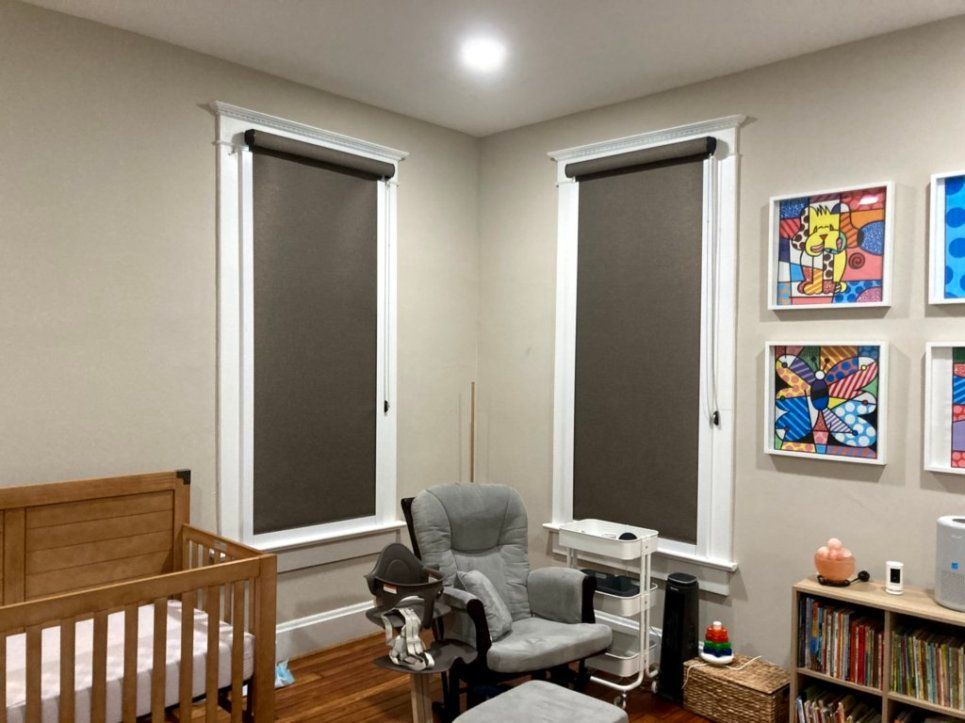Avoid These Common Mistakes When Buying Blinds for Your Home in Lexington, KY
February 9, 2024
Introduction
Choosing blinds may seem simple, but it’s easy to run into costly mistakes—especially when dealing with custom windows, specific room needs, or local climate considerations. Many Lexington homeowners end up returning blinds, getting poor fit or durability issues, or feeling disappointed with how they look and work. This guide highlights the key pitfalls so your next purchase avoids regret and delivers a stylish, functional result.
Getting Accurate Window Measurements Matters
Accurate sizing is the foundation of a good blind installation—wrong measurements lead to gaps, uneven fit, or poor operation.
What often goes wrong
- Measurements taken only once instead of at top, middle and bottom (or sides) of the window.
- Selecting blinds before confirming mounting method (inside vs. outside) and then discovering the frame or trim interferes.
- Assuming one size matches all windows—even when shapes or depths vary.
Smart measurement tips
- Measure width three times (top, middle, bottom) and use the narrowest result.
- Measure height at left, center and right then use the
longest measurement.
- Decide
inside-mount or
outside-mount before ordering.
Note obstructions like handles, locks, or uneven trim that could affect the blind’s fit or movement.
Align the Blind with the Room’s Purpose
Different rooms have different needs—choosing a blind based solely on price or appearance can ignore key functional requirements.
Room-specific considerations
- Bedrooms and media rooms may need blackout or near-blackout blinds for sleep and screen comfort.
- Kitchens and bathrooms require moisture-resistant materials because steam/humidity can warp or damage cheap blinds.
- Living and dining rooms often benefit from light-filtering options that allow natural light while maintaining comfort and style.
- Matching the blind to the room’s use ensures your selection improves the space—rather than looking good but functioning poorly.
Don’t Compromise on Material and Build Quality
The temptation to go for the lowest price can mean sacrificing durability, smooth operation, and long-term satisfaction.
What to watch for
- Materials that fade, warp or break prematurely—especially in sunny Lexington rooms with large windows.
- Mechanisms that feel loose or clunky, leading to operational issues within months.
- Using wood blinds in high-moisture areas where faux-wood or vinyl would hold up better.
Quality matters because
- A well-built blind lasts more years and requires fewer repairs or replacements.
- Materials suited to your environment protect your investment and your decor.
- Good operation (smooth lifting, reliable closing) drastically improves user satisfaction.
Consider How the Blind Fits Your Home’s Style
Even high-quality blinds can look out of place if they clash with your home’s décor or architectural features.
Style mis-steps to avoid
- Picking a blind style that competes with existing trim, molding or architectural features rather than complementing them.
- Choosing a finish or color that works in one room but visually jars in another area with different lighting or furniture.
- Overlooking how material, texture and color influence perceived space and light (for example: dark blinds can make a small room feel smaller).
Style alignment checklist
- Does the finish match or coordinate with your trim, flooring and furniture?
- Is the blind profile consistent with your home’s architectural era (traditional vs modern)?
- Does the texture and color feel balanced in both natural daylight and evening lighting?
Prioritize Safety and Accessibility, Especially for Children or Mobility Needs
Safety and accessibility are often overlooked—but crucial, particularly in households with children, pets or residents with mobility limitations.
Common safety oversights
- Blinds with dangling cords that pose a strangulation risk around children and pets.
- Hard-to-reach blinds that require stretching or unsafe ladders, especially on high windows.
- Blind mechanisms that are difficult to operate for someone with limited strength or mobility.
Smart choices for safety
- Choose cordless or motorized blinds that eliminate dangling cords and simplify operation.
- Opt for remote-controlled or automated systems for high or inaccessible windows.
- Confirm blinds meet current child-safety standards and are installed with appropriate hardware.
Don’t Forget the Impact on Energy Efficiency
Blinds are a part of your home’s thermal envelope—choosing one without considering insulation and climate can cost more in energy bills than you expect.
What gets overlooked
- Ignoring how the blind interacts with window orientation, sunlight exposure, and local weather.
- Choosing thin materials without insulating features for rooms with large windows or older single-pane glass.
- Assuming aesthetic alone is enough—when you also need functionality that fights heat gain or loss.
Energy-smart blind features
- Cellular/honeycomb blinds that trap air and increase R-value (thermal resistance) of the window area.
- Blinds with light-reflective coatings or thermal layers for sun-facing windows.
- Proper fit and installation to minimize air gaps, heat transfer and drafts.
Consider Maintenance Requirements Before You Buy
Overlooking how much time and effort a blind will require can lead to frustration, hidden costs, and premature replacement.
Maintenance pain points
- Fabric shades that require professional cleaning or are difficult to clean at home.
- Natural wood blinds in humid rooms that may warp or stain over time.
- Blinds with many intricate parts or cords that collect dust and allergens easily.
Maintenance-aware selection
- Choose faux-wood, vinyl or composite materials for high-moisture rooms.
- Pick blinds with simple mechanisms and fewer crevices for dust accumulation.
- Consider the cleaning schedule your household can realistically maintain and plan accordingly
Conclusion
Buying blinds is more than picking a style you like—it’s about measuring properly, matching materials to room needs, aligning with home design, ensuring safety, optimizing for energy, and planning for maintenance. Avoiding these common mistakes gives you a window treatment that’s both beautiful and built to last.
